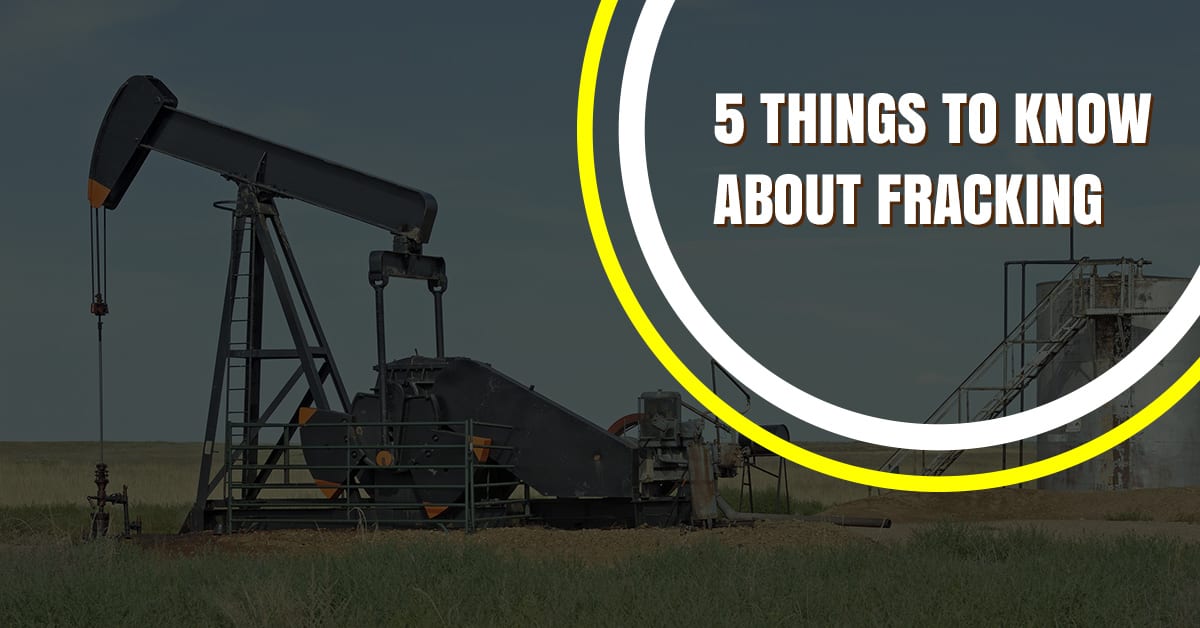While fracking may be a hot topic across the United States and around the world, there is still little public knowledge about the facts behind the process of fracking. We’ve previously talked about the history of current hydraulic fracturing technology on the blog. It wasn’t until 1995 that the process even became a feasible option for most companies to use on a large scale and actually make money from the process. With the changes in technology and the growing use of the fracking process, a lot of different facts and ideas are regularly thrown around. But it’s important to get to the truth of the matter, and that means that more credible sources need to help provide information about the industry and process. With that in mind, consider these five facts about fracking that you may not have known.
Over ⅔ of natural gas comes from hydraulic fracturing.
Whether you know it or not, you’re probably utilizing natural gas somewhere in your life. From the propane tank that lets you grill during the summer to the electricity in your home whenever you turn on a light, these things use natural gas. While there are some ways of retrieving natural gas from deposits without the use of hydraulic fracturing, over ⅔ of natural gas production now comes from the fracking process when just 17 years ago, less than five percent came from hydraulic fracturing according to the U.S. Energy Information Administration.
In just 15 years, production in the United States has increased by almost 30 billion cubic feet of natural gas per day.
You may have a natural inkling that we’re now consuming more natural gas for energy production than ever before, but do you really know how much more? Since the year 2000, we’ve now increased the production of natural gas from roughly 55 billion cubic feet per day to a whooping almost 80 billion cubic feet per day.
Ninety percent of gas wells that currently exist in the United States have been hydraulically fracked.
Since the invention of hydraulic fracturing in 1949, most gas wells in the United States have been fracked. In fact 90 percent of them to be specific. Gas wells can exist for a variety of reasons and run all the way down to shale beds. These wells can be reused after production stops and a fracking system can be put in place to reach natural gas deeply embedded in the shale bed.
Hydraulic fracturing has only been around since 1949.
To be fair, fracking as we know it didn’t come about until 1995, however, the overall process when fluid is sent at high pressure down a well to release resources has been around since 1949. For a very long time, companies thought the only way to make fracking productive was to use expensive chemicals instead of mostly water with only a few chemicals. The change in fracking chemical standards made the process more affordable and viable for companies to invest in.
The creation of electric power is the top use of natural gas.
While we commonly think of natural gas for things like grilling, we don’t often think of the wide variety of uses it actually has. The creation of electric power to run power grids and provide communities with electricity at the flip of a switch is the number one use of natural gas, utilizing 35 percent of natural gas. Closely behind electric power is industrial uses of natural gas at 33 percent of the total natural gas supply.
Here at Well Water Solutions, it’s important that everyone is informed about the truth behind fracking processes and uses. Along with providing you industry information, we also carry affordable frac tanks for your site’s water management needs. Contact us for further information about our products and services.



